The Merryweather Window (1902)

Another key figure in the early development of both Christ Church and New Malden was Frederick Somner Merryweather (1827-1900). Merryweather had worked as bookseller and publisher in London and was an antiquarian and author of some prominence. His works included: Bibliomania in the Middle Ages (1849), Dies Dominicae (1849), Glimmerings in the Dark; or, Lights and Shadows of the Olden Time (1850), Lives and Anecdotes of the Misers (1850), Gilbert Wright, the Gospeller (1877) and Half a Century of Kingston History (1887).
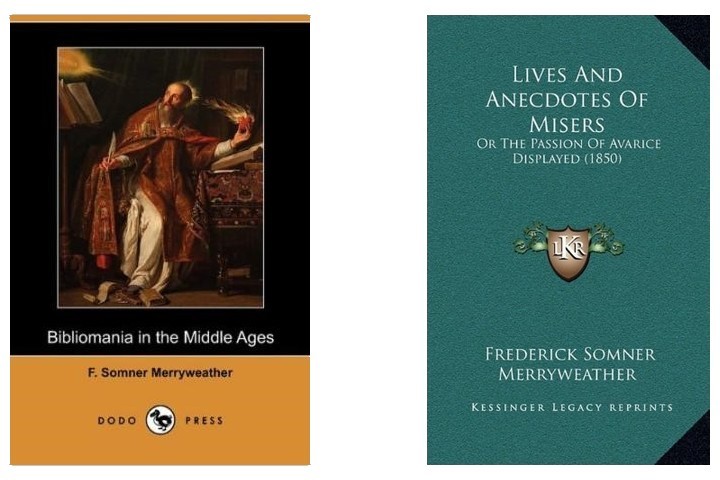
Lives and Anecdotes of Misers is referenced at length in 'Book the Third' Chapter 6 of Charles Dickens’ 1865 book Our Mutual Friend, in which Silas Wegg reads the account of a number of misers to Mr Boffin.
In addition to this, Merryweather had a remarkable record of public service. It was said that there was no honorary public office in the village which he had not held. This included his membership of the Local Board, the Kingston Board of Guardians, the Lower Thames Valley Main Sewage Board, the Surrey County Council and the governing body of the Kingston Endowed Schools. He was also a Justice of the Peace. The Surrey Comet said in 1895 that ‘none has ever brought to the fulfilment of public office more ability, more thoroughness, or fuller experience, or a purer or more single regard to the interests of the neighbourhood than he’.
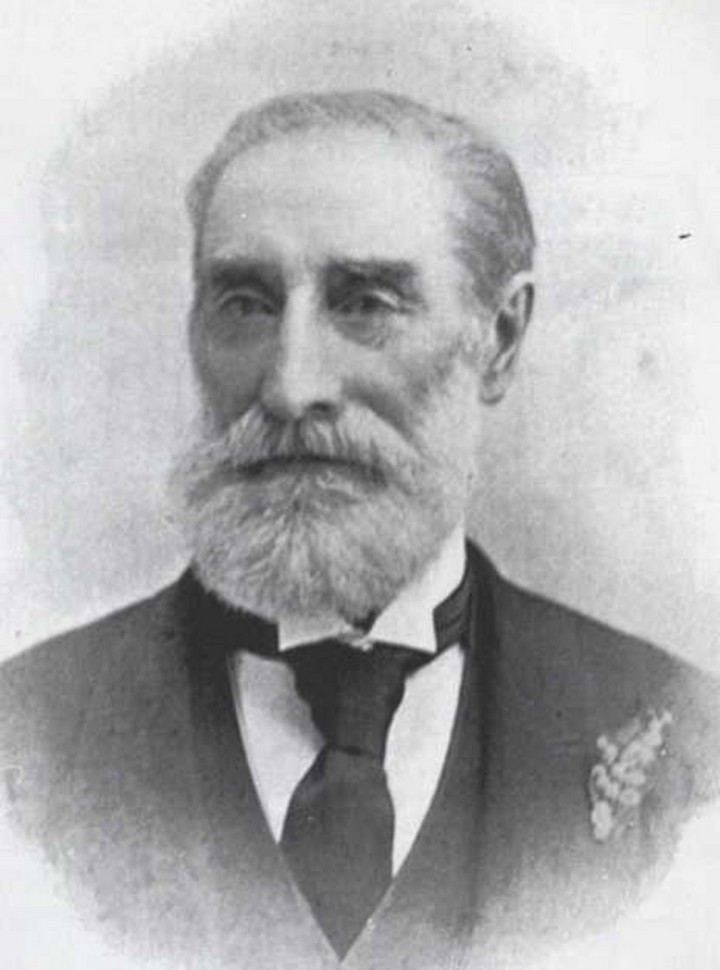
Frederick Merryweather’s service included a spell as Churchwarden of Christ Church from 1867-71. This was until he became part of a serious conflict with the first Vicar of Christ Church, the Reverend Charles Stirling. The conflict occurred over Christ Church School. Merryweather had led the building committee which had raised the funds for the building in Lime Grove which was completed in 1870.
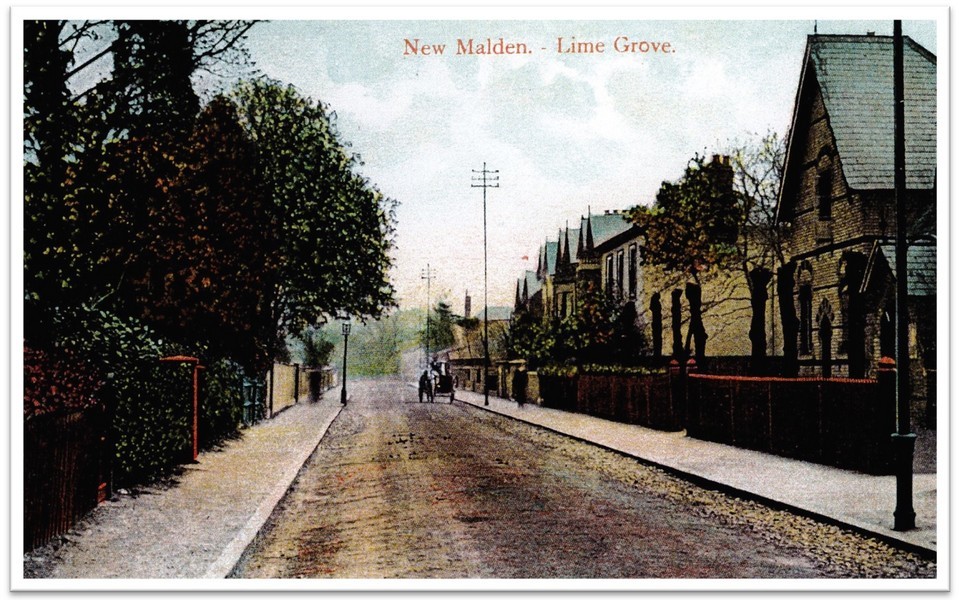
The intention of the committee was that it should then be used as both a school and a village institute. However at this point, Charles Stirling announced that he was strongly against the idea and it would be the ‘work of Satan’ to allow non-educational activities to take place in a Church of England School. He reputedly banned all the members of the building committee from coming to Christ Church and set up a ‘Vicar’s Defence Committee’ to give himself sole rights over the school.
The Surrey Comet of November 1870 reported how the conflict reached its dramatic climax by Stirling taking the school by force: ‘Inside the building were three members of the Building Committee and by piling up forms and desks a stand was made for a time against the attacks of the invaders. At last the door was smashed in and the Vicar and his friends made good their entry – how far a dignified entry the reverend gentleman is best able to judge’.
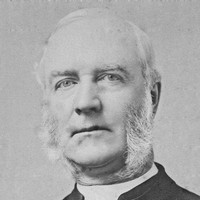
The conflict between Mr Merryweather and Mr Stirling continued as the election of the School Managers (Governors) approached with the Vicar determined to ensure that his nominees were appointed: ‘Votes were eagerly paid for, and so fearful was the vicar of defeat that upwards of £90 was paid in by Mr Stirling and his friends for votes purchased that day’. Merryweather’s influence may have shaped the rather one sided manner in which the Surrey Comet reported these incidents, since he later became its editor from 1878. But the outcome was that Charles Stirling prevailed in his wishes for the school.
As a result of this conflict, however, Frederick Merryweather and others seceded from Christ Church and built their own church and village institute. Originally an iron building, it was named Holy Trinity and was described as ‘free Church of England’. Despite strong opposition from Charles Stirling, by 1882 the building had been replaced by a stone one. By the early 1900’s, however, Holy Trinity was fading and the building was eventually purchased by Graham Spicer as an Institute for young men. The building was finally demolished to make way for Waitrose in 1989.
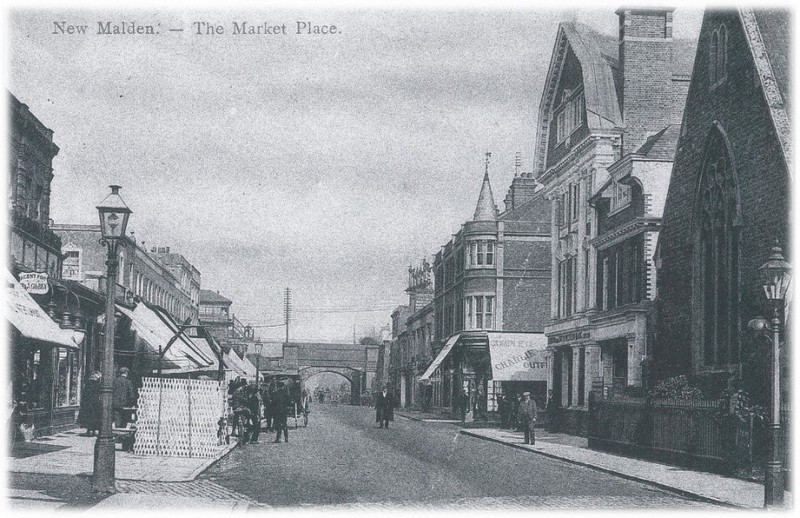
Part of the reason for the decline of Holy Trinity, may have been Charles Stirling’s resignation in 1892 and replacement the following year by the less belligerent William Allen Challacombe. By 1895 Frederick Merryweather was back worshipping at Christ Church and Mr Challacombe was chairman of a group that organised a presentation to thank Merryweather for his outstanding record of public service for New Malden. Subscriptions were sought and resulted in the purchase of a solid silver tea and coffee service. Merryweather’s ill health meant that this had to be presented privately by Mr Challacombe and the committee at his home in Ripley-villa.
The decision to build a Church Room on the south side of Christ Church (the building that became known as ‘The Tin Tab’) was one that Merryweather enthusiastically endorsed and may have formed a key part of his reconciliation with Christ Church. The room eventually stood on the south side of Christ Church for 81 years before its final demolition in May 1981 following the building of the Christ Church Centre.
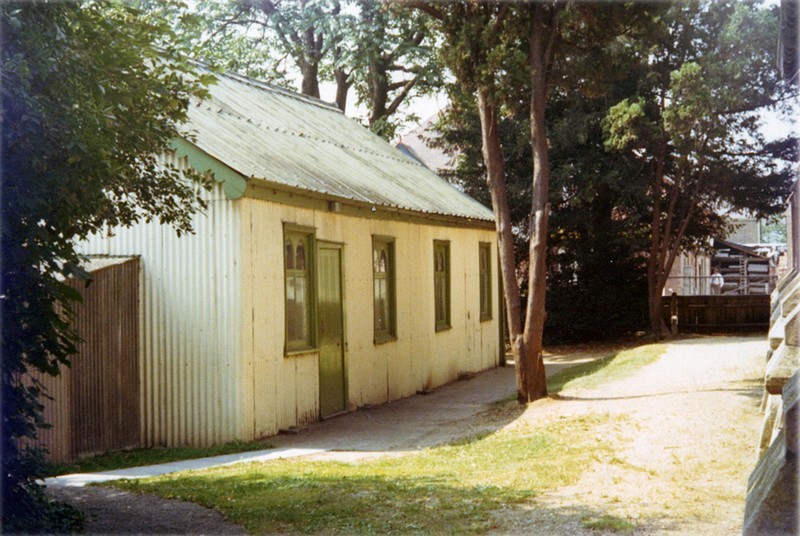
It was before the completion of the Church Room that Frederick Merryweather died at the age of 72 on 3rd January 1900. His funeral was held at Christ Church on 9th January and he was buried at Kingston Cemetery. At the time of his death, Merryweather was Chairman of the District Urban Council for New Malden and was succeeded in this role by another former Churchwarden of Christ Church remembered by a stained glass window, Alfred Streeter.
Commenting on his death in the February 1900 Parish Magazine, the Vicar wrote: ‘Both as parishoners and churchpeople, we shall very much miss our departed friend, Mr Frederick S. Merryweather. What he did for the district has been told elsewhere. We have known him as an earnest worshipper in the Parish Church, and as one keenly alive to the matchless beauty and dignity of our liturgical service. We shall remember with thankfulness his last public utterance was made at our Bazaar in aid of our Church Room. When I lasted visited his bedside, he expressed his anxiety to know how the Church Room and other Church work was progressing. His view of the Church of England and her position would be well expressed by those memorable words of the late Archbishop Benson spoken in Belfast shortly before his death when he said: “The Church of England is Catholic, Apostolic, Reformed and Protestant.” The widespread sympathy shown throughout our district goes to prove that a useful and self-sacrificing life is appreciated and missed. It is to be wished that the memory of one who has occupied so honoured a position in building up our township and its municipal life shall have some permanent recognition placed within the walls of the Parish Church.'
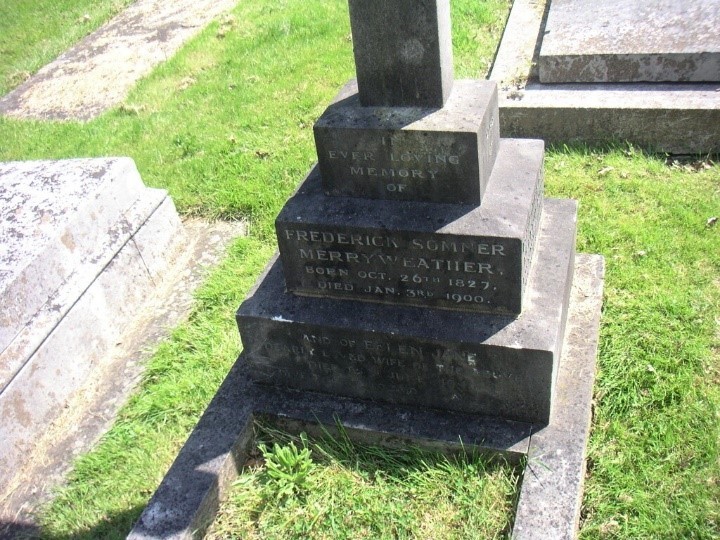
The recognition came in the form of a stained glass window established in the north wall of Christ Church in memory of Frederick Somner Merryweather. This was given by his widow, Ellen Jane Merryweather (1860-1941) and their daughters. When the Christ Church Centre was built in 1980-81, the window was relocated to a lighted box on the south side of the west wall next to the one given in memory of Rashell Montague Rashell Davison. Below is the plaque made to go with the window.

You can listen to the sermon from the Windows on the Gospel sermon series below.
| John the Baptist and John the Evangelist witness to Jesus the Risen Saviour (1899) | Faith, Hope and Love (1908) |
